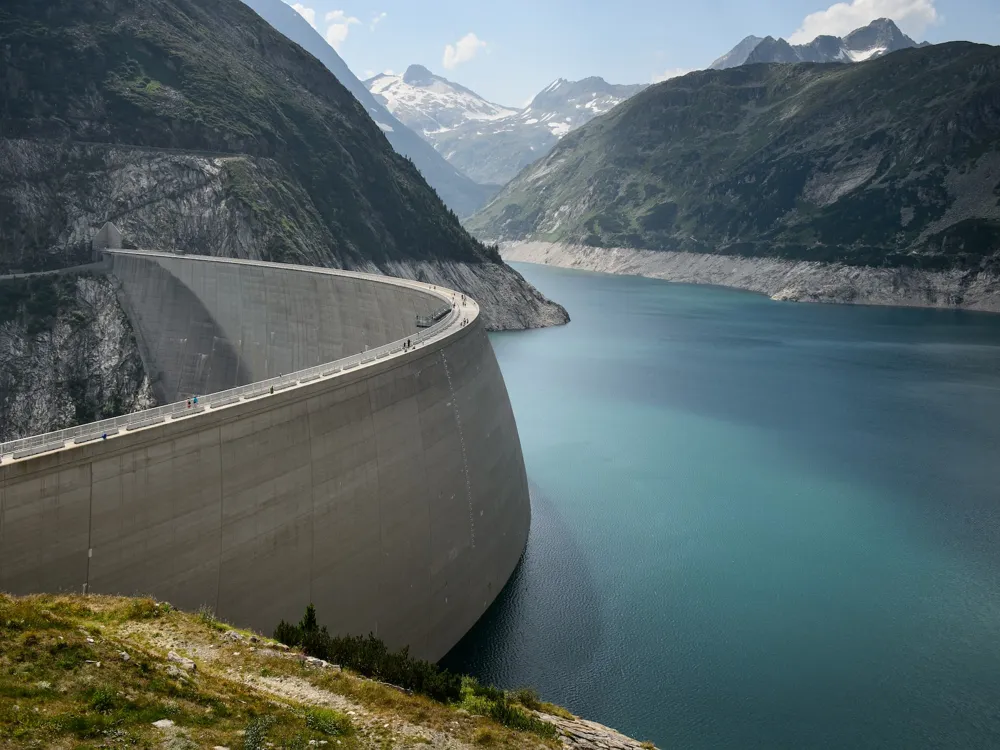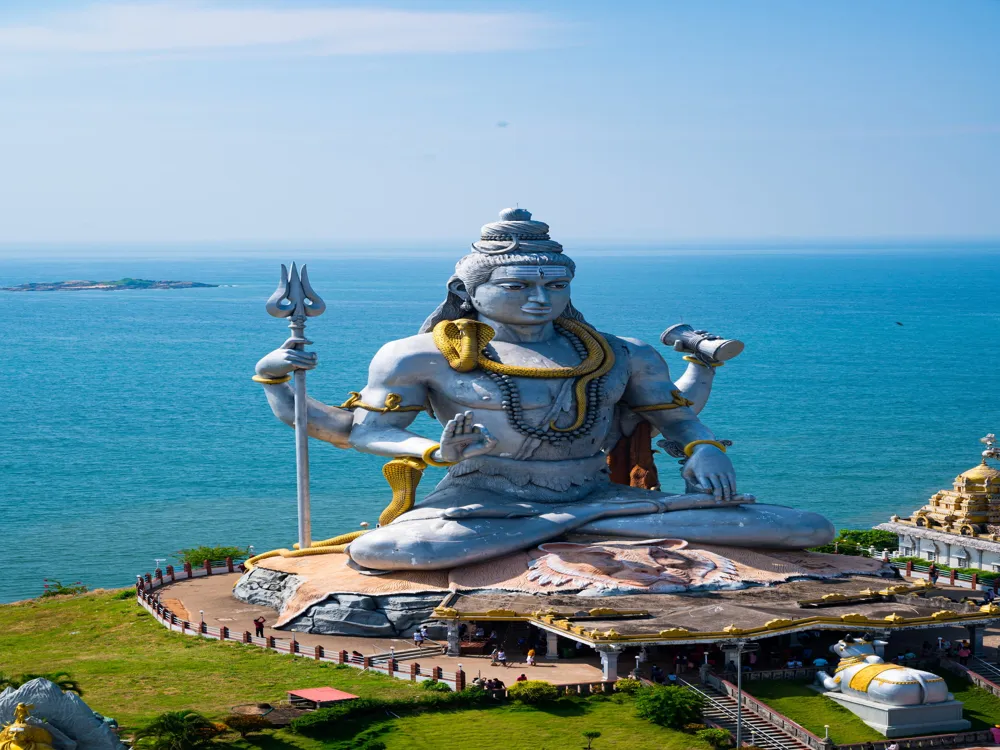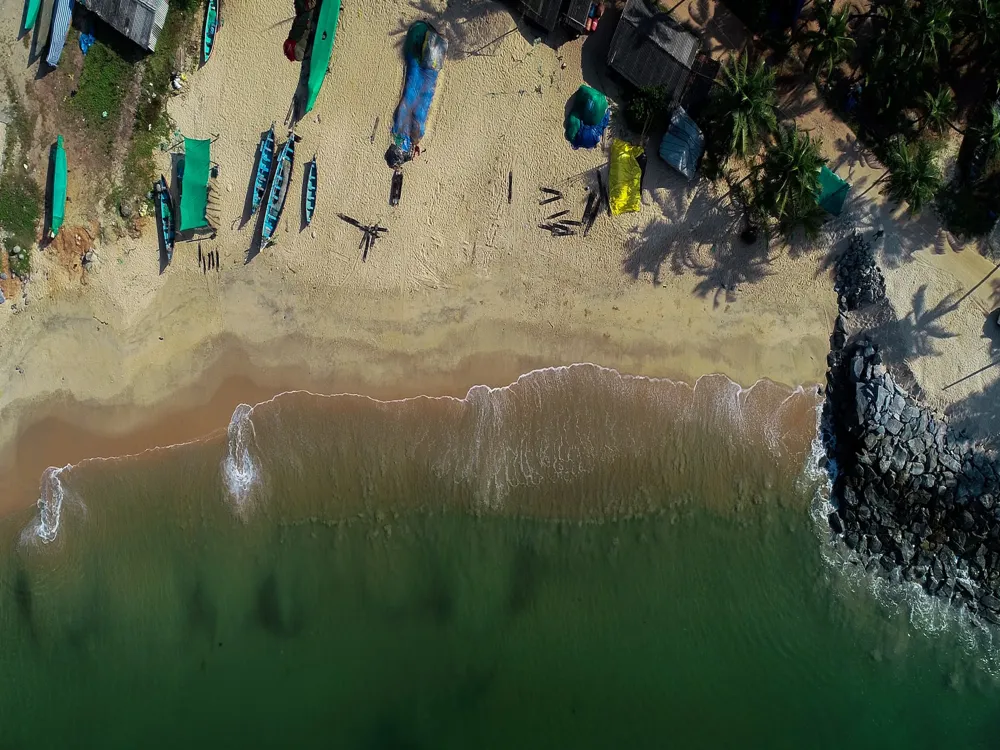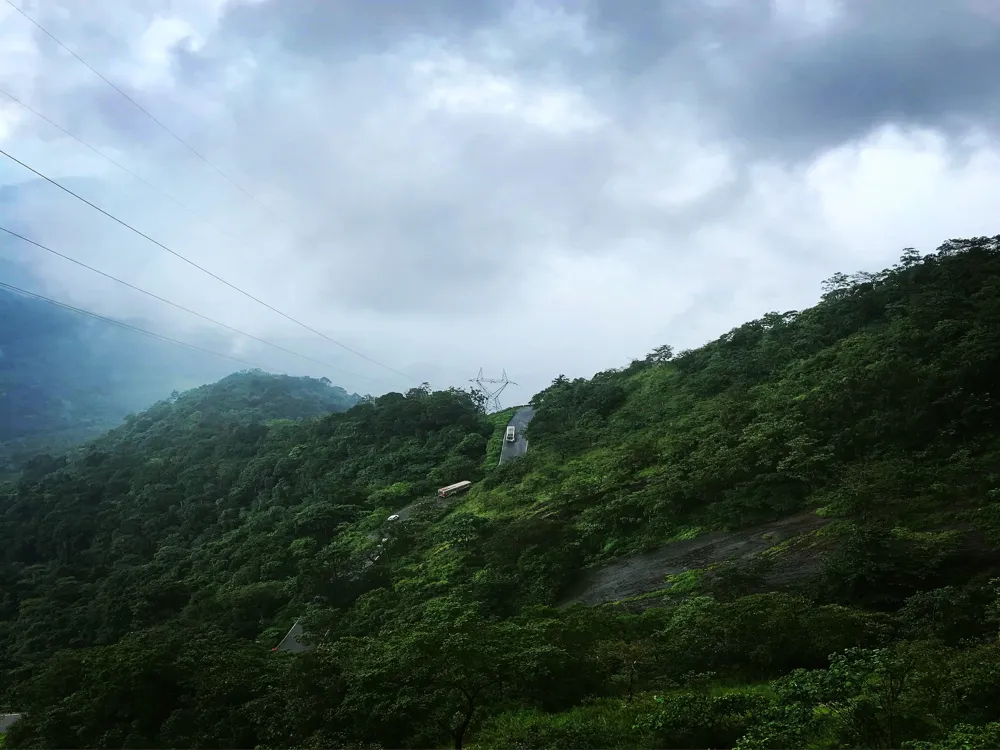The Tunga Anicut Dam, a remarkable feat of engineering, is located in the verdant landscapes of Shimoga, Karnataka. Constructed across the Tunga River, this dam plays a pivotal role in irrigation and water supply in the region. It's not just a functional structure but also a testament to the region's commitment to sustainable water resource management. The dam's surroundings, characterized by lush greenery and a tranquil environment, make it a popular spot for locals and tourists alike. Tracing its history back to the early 20th century, the Tunga Anicut Dam was built with the primary aim of harnessing the water of the Tunga River for agricultural purposes. Over the years, it has significantly contributed to the agricultural prosperity of the region, turning it into a fertile and productive land. The dam's impact extends beyond agriculture, contributing to the local ecosystem's balance and supporting a variety of flora and fauna. Its presence has also bolstered local economies, providing numerous opportunities for employment and development. The architectural brilliance of the Tunga Anicut Dam is a blend of traditional and modern engineering. Its robust structure, designed to withstand seasonal fluctuations and extreme weather conditions, showcases the advanced engineering skills of its creators. The dam's design incorporates a series of gates and spillways that efficiently manage the water flow, ensuring both safety and optimal water utilization. A closer look at the dam's architecture reveals the meticulous planning and precision involved in its construction. The use of locally sourced materials not only adds to the dam's resilience but also reflects the region's commitment to sustainable practices. The integration of advanced hydro-mechanical components ensures efficient water regulation, making it a model of modern dam architecture. The Tunga Anicut Dam's design also takes into account the environmental impact, employing measures to minimize ecological disturbance and preserve the natural beauty of the surrounding areas. The ideal time to visit the Tunga Anicut Dam is between October and March when the weather is pleasant and conducive for exploring the outdoors. This period witnesses a significant reduction in rainfall, offering clear skies and comfortable temperatures. Visitors are advised to adhere to safety guidelines, including staying within designated areas, avoiding climbing on the dam structure, and following instructions from local authorities. It's crucial to be cautious, especially during the monsoon season when water levels can rise unexpectedly. For photography enthusiasts, the dam offers breathtaking views, especially during sunrise and sunset. Capturing the scenic beauty of the lush green landscapes against the backdrop of the dam can be a rewarding experience. Using a good camera and experimenting with different angles can enhance the quality of your photographs. Reaching Tunga Anicut Dam is convenient due to its accessibility from major towns and cities in Karnataka. The nearest major city is Shimoga, which is well-connected by road and rail. Visitors can opt for buses, taxis, or private vehicles to reach the dam. The closest railway station is in Shimoga, and from there, one can hire a taxi or take a bus to the dam site. For those preferring air travel, the nearest airport is Mangalore International Airport, from which one can take a taxi or bus to reach Shimoga and subsequently, the dam. Read MoreOverview of Tunga Anicut Dam, Shimoga, Karnataka
The architecture of the Tunga Anicut Dam
Tips When Visiting Tunga Anicut Dam
Best Time to Visit
Safety Guidelines
Photography Tips
How To Reach Tunga Anicut Dam
Tunga Anicut Dam
Shimoga
Karnataka
NaN onwards
View jog-falls Packages
Weather :
Tags : Dam
Timings : 10:00 AM to 5:00 PM, Daily
Entry Fee : Free
Time Required : 1 Hour
Best Time : All Year
Planning a Trip? Ask Your Question
Also Refered As:
Gajanur dam
Jog-falls Travel Packages
View All Packages For Jog-falls
Top Hotel Collections for Jog-falls

Private Pool

Luxury Hotels

5-Star Hotels

Pet Friendly
Top Hotels Near Jog-falls
Other Top Ranking Places In Jog-falls
View All Places To Visit In jog-falls
View jog-falls Packages
Weather :
Tags : Dam
Timings : 10:00 AM to 5:00 PM, Daily
Entry Fee : Free
Time Required : 1 Hour
Best Time : All Year
Planning a Trip? Ask Your Question
Also Refered As:
Gajanur dam
Jog-falls Travel Packages
View All Packages For Jog-falls
Top Hotel Collections for Jog-falls

Private Pool

Luxury Hotels

5-Star Hotels

Pet Friendly


















